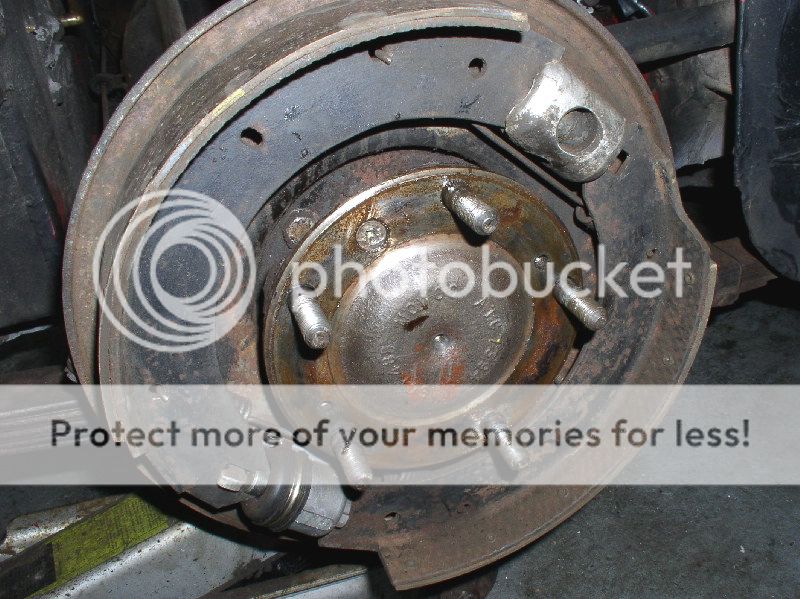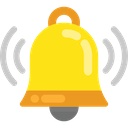pkmh
Jedi Warrior
Offline
Hello again,
I am sure it has been discussed here many times but I seem to need a little guidance on removing the rear hub assembly so that I can inspect and repack the bearings, if that is all that is needed.
The following photo shows my present hub assembly with the Hub Extension already removed. According to the good book, it mentions about removing the Half Shaft. It also makes reference to using a special tool (18G258). Can a substitution be offered if this tool is not easily accessible?
Aside from that, my simple question is, is it just a matter of using a puller to remove the shaft or is there other preparation I need to do before this stage like dismantling anything from inside the center axle. The book does mention how if damage is done to the paper [joint] washer, then a new one must be installed.
If anyone has done this procedure before and can advise, I would much appreciate and thanks so much in advance!
Paul,
BJ8, Phase II

I am sure it has been discussed here many times but I seem to need a little guidance on removing the rear hub assembly so that I can inspect and repack the bearings, if that is all that is needed.
The following photo shows my present hub assembly with the Hub Extension already removed. According to the good book, it mentions about removing the Half Shaft. It also makes reference to using a special tool (18G258). Can a substitution be offered if this tool is not easily accessible?
Aside from that, my simple question is, is it just a matter of using a puller to remove the shaft or is there other preparation I need to do before this stage like dismantling anything from inside the center axle. The book does mention how if damage is done to the paper [joint] washer, then a new one must be installed.
If anyone has done this procedure before and can advise, I would much appreciate and thanks so much in advance!
Paul,
BJ8, Phase II


 Hi Guest!
Hi Guest!

 smilie in place of the real @
smilie in place of the real @
 Pretty Please - add it to our Events forum(s) and add to the calendar! >>
Pretty Please - add it to our Events forum(s) and add to the calendar! >> 

